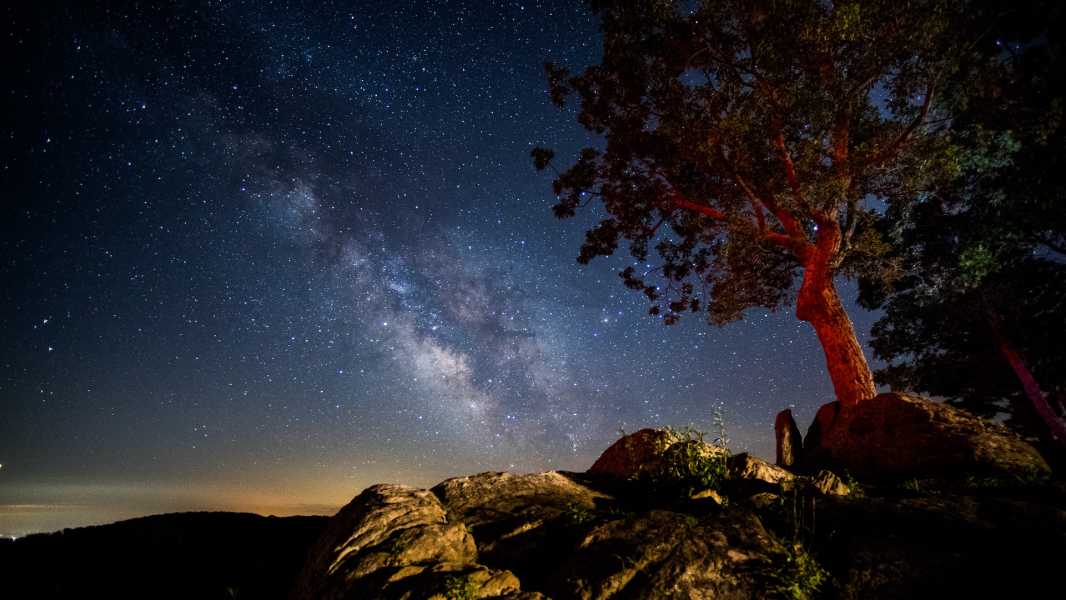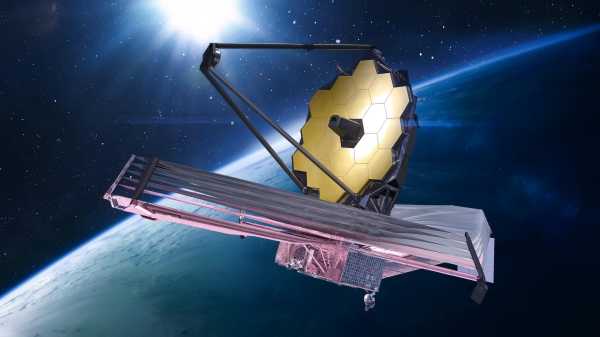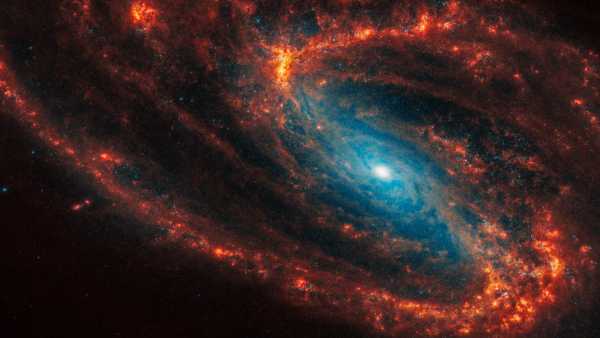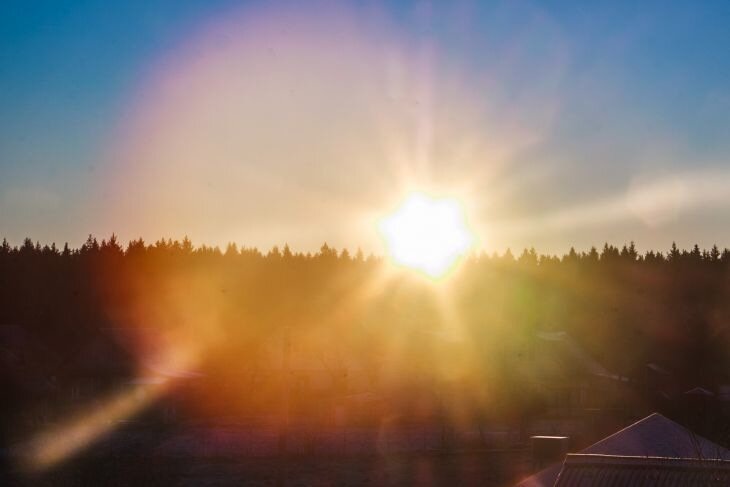
The Milky Way rises above the Blue Ridge Mountains in Shenandoah National Park, Virginia. (Photo courtesy of The Washington Post via Getty Images)
It's an ideal time to observe the core of our magnificent home galaxy, the Milky Way.
Wherever you are on the planet, if you can get away from light pollution and look south without the fear of artificial light ruining the view, you will witness one of the most spectacular spectacles in astronomy.
Although the Milky Way is visible in May from the Northern Hemisphere, the galactic center does not become visible until June. It is located about 26,000 light-years from our solar system, surrounding the constellations Sagittarius and Scorpius, which are now visible in the south after dark.
You may like
- The best week for stargazing in May has begun. Here's what to see.
- The 9 Best Objects to See in the Night Sky with Binoculars: May to July 2025
- Check out the best Milky Way photos of the year
“At this time of year, the Milky Way appears as a faint band of hazy light stretching across the sky throughout the night,” notes NASA’s Preston Dyches in his monthly What’s Up video blog for June 2025. “What you’re seeing is the bright central core of our home galaxy, seen edge-on from our position within the galactic disk.”
Finding the Milky Way is fairly easy. Look east after nightfall and you'll see three bright rising stars – Vega in the constellation Lyra and Deneb in Cygnus above, and Altair in Aquila below. This forms the huge Summer Triangle, which is an asterism (shape) in the night sky, not an official constellation.
From the Northern Hemisphere, the dim apex of the Milky Way crosses the Summer Triangle, starting at Deneb and passing through Altair. Follow it diagonally from east to south, and you'll see the bright core of the Milky Way down on the southern horizon.
The further south you are, the more of the bright core you'll see, and the darker the sky will be at this time of year. Around the solstice on June 20-21, the Northern Hemisphere's nights will be the shortest, with constant twilight and no astronomical darkness at latitudes north of about 49 degrees north, according to EarthSky. The closer to the equator, the better, and the same goes for anywhere in the Southern Hemisphere, where the nights are longest in June.
The Milky Way will appear brighter and higher in the dark skies in July, August, and September. Whenever you see it, try to take a long-exposure photo, which can be done with either one of the best astrophotography cameras or a new smartphone. A tripod is required to get a quality image, as the shutter needs to be open for about 10 to 25 seconds.
TOPICS Milky Way
Sourse: www.livescience.com





